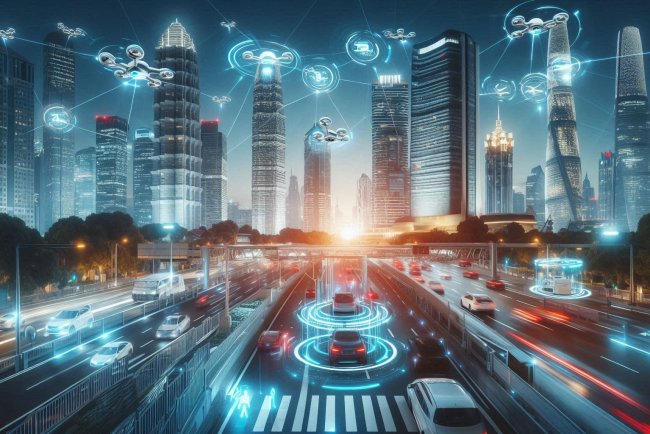AI architecture: Computational design and urban planning
Discover how AI architecture combines computational design and urban planning to revolutionize the way cities are built and operated.

Computational Design and Urban Planning
Computational design and urban planning are two interconnected fields that utilize advanced technologies and algorithms to optimize the design and development of urban spaces. Through the integration of artificial intelligence, machine learning, and big data analytics, these disciplines aim to create more efficient, sustainable, and aesthetically pleasing cities.
Key Components of Computational Design and Urban Planning
1. Artificial Intelligence (AI): AI plays a crucial role in computational design and urban planning by analyzing complex data sets, predicting urban trends, and optimizing various aspects of city planning. Machine learning algorithms can assist in generating design alternatives, optimizing traffic flow, and predicting the impact of urban development projects.
2. Parametric Design: Parametric design involves the use of algorithms to create and manipulate design parameters in response to specific constraints. This approach allows architects and urban planners to explore a wide range of design possibilities and quickly iterate on different solutions.
3. Generative Design: Generative design takes parametric design a step further by employing AI algorithms to automatically generate and evaluate design options based on predefined goals and constraints. This process enables designers to explore innovative and optimized solutions that may not be readily apparent through traditional methods.
Applications of Computational Design and Urban Planning
1. Urban Simulation: By simulating various urban scenarios, computational design can help urban planners understand the potential impacts of different development projects on factors such as traffic flow, air quality, and energy consumption. This predictive capability allows for more informed decision-making in city planning.
2. Sustainability: Computational design tools can analyze energy usage, water consumption, and material efficiency to optimize the sustainability of urban developments. By incorporating green infrastructure and renewable energy sources, cities can reduce their environmental footprint and improve overall quality of life for residents.
3. Transportation Planning: AI algorithms can analyze traffic patterns, public transportation systems, and pedestrian flows to optimize transportation networks within cities. By identifying bottlenecks and inefficiencies, urban planners can propose targeted interventions to improve mobility and reduce congestion.
Challenges and Opportunities
While computational design and urban planning offer numerous benefits, there are also challenges that must be addressed. These include the need for high-quality data, interdisciplinary collaboration, and ethical considerations when using AI in decision-making processes.
However, the opportunities presented by these technologies are vast. From creating more sustainable and resilient cities to fostering innovation in architectural design, computational approaches have the potential to transform the way we plan, build, and live in urban environments.
Conclusion
Computational design and urban planning represent a cutting-edge approach to city development that leverages the power of AI and data analytics to create smarter, more efficient urban spaces. By harnessing the capabilities of these technologies, cities can address complex challenges such as climate change, population growth, and resource scarcity while enhancing the quality of life for residents.
What's Your Reaction?

















